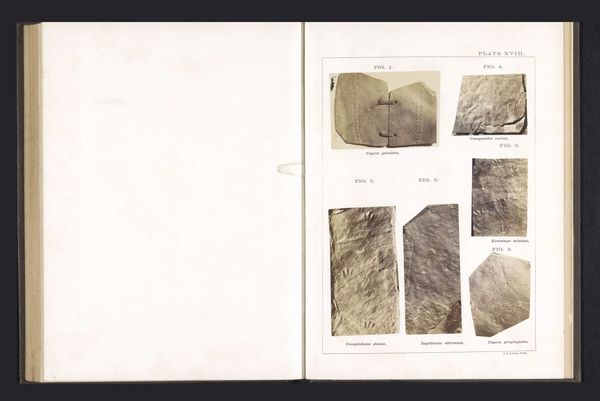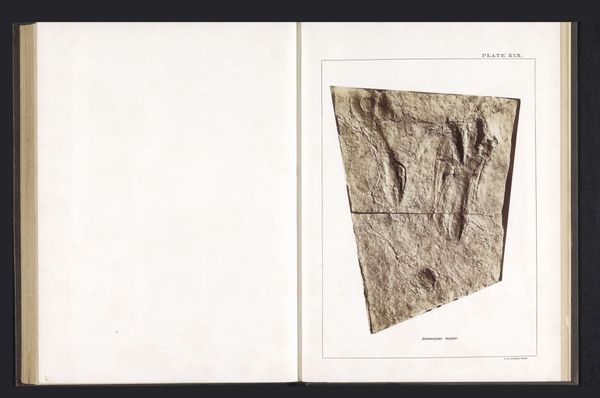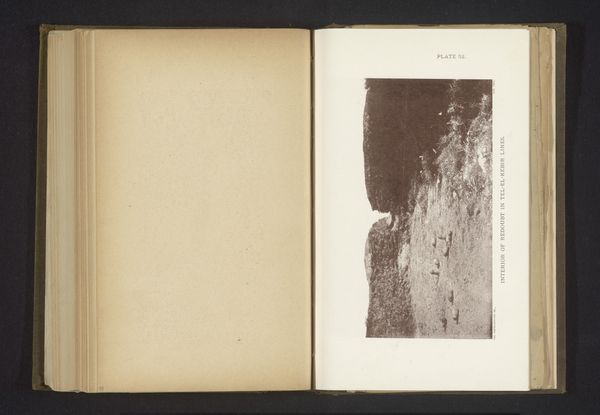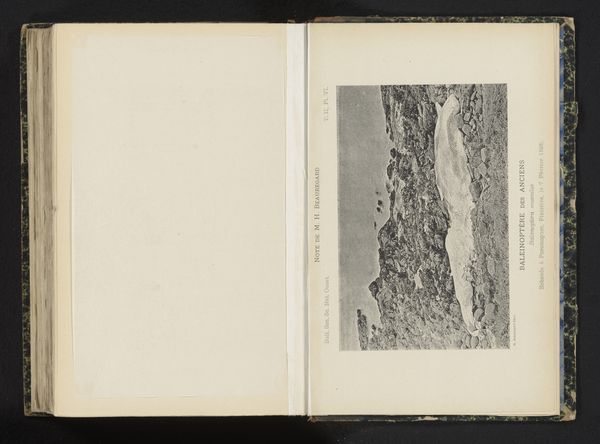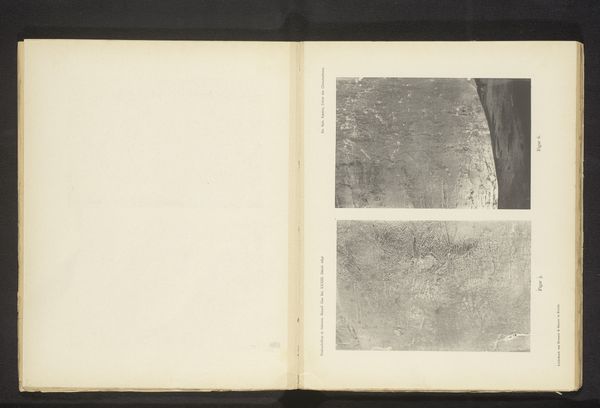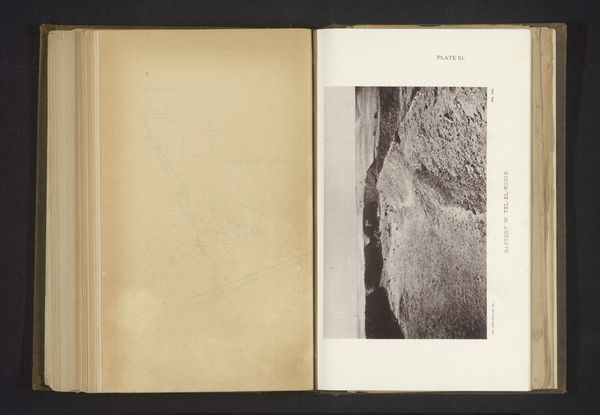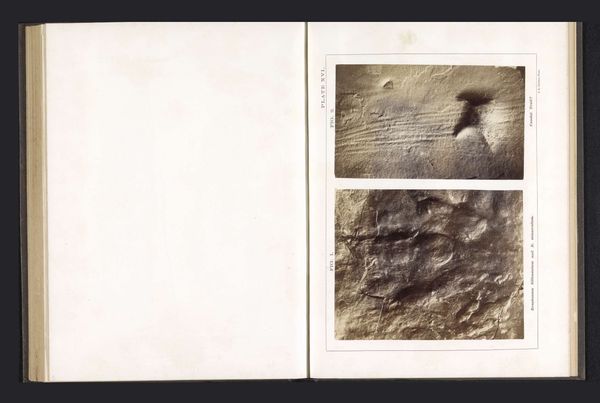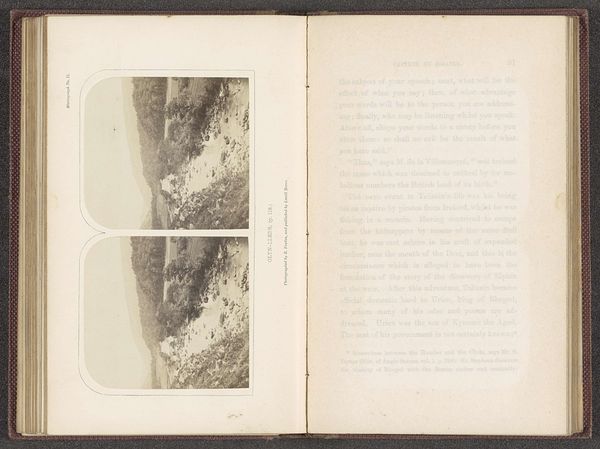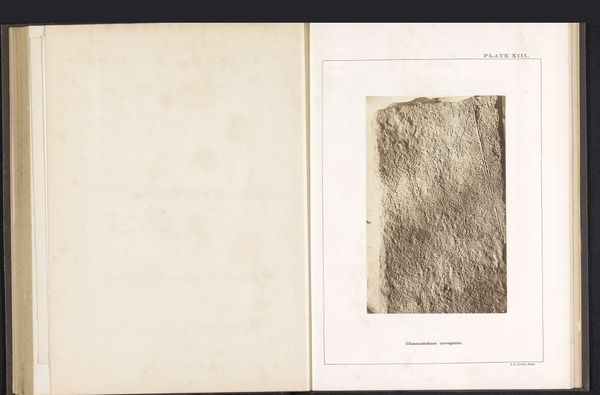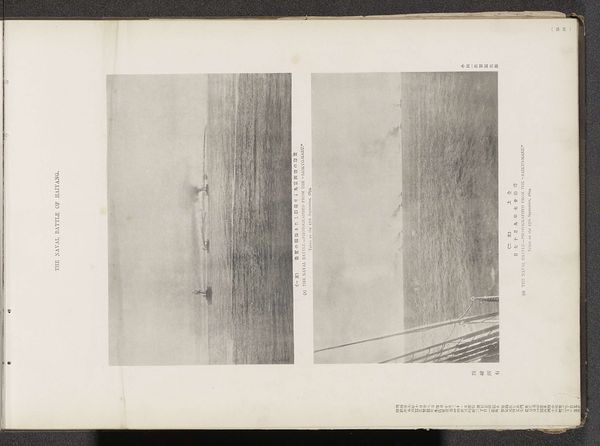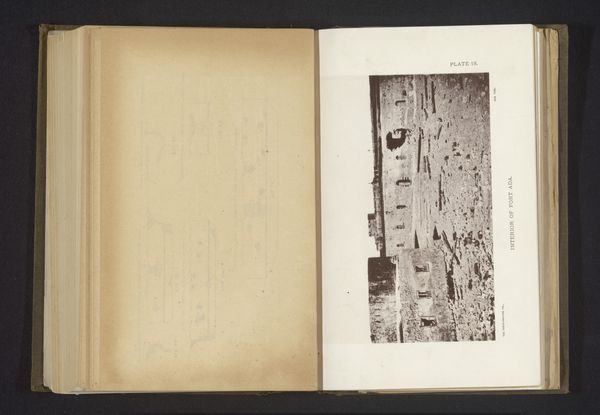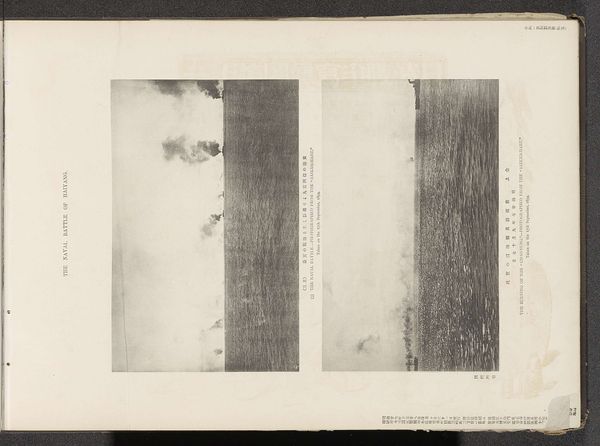
Voetsporen van een Plectropterna gracilis en een Arachnichnus dehiscens before 1863
0:00
0:00
print, photography
#
script typeface
#
sand serif
#
still-life-photography
#
script typography
# print
#
photography
#
hand-drawn typeface
#
thick font
#
handwritten font
#
academic-art
#
classical type
#
naturalism
#
thin font
#
realism
#
historical font
#
small font
Dimensions: height 313 mm, width 232 mm
Copyright: Rijks Museum: Open Domain
Curator: This image is Plate XVII from a printed volume, bearing the title "Voetsporen van een Plectropterna gracilis en een Arachnichnus dehiscens," attributed to J.L. Lovell and created before 1863. It presents two photographic studies of what appear to be fossilized tracks. Editor: My initial thought is that the monochromatic print has a textural weight. I can almost feel the grit of the stone beneath the delicate imprints. They're beautifully captured—the light catches the indentations just so. Curator: Indeed. This piece reflects a period where photography was increasingly utilized within scientific documentation. Naturalism and realism were gaining momentum, impacting both art and scientific pursuits. The print medium also afforded wider circulation to findings, and shaped public awareness around paleontology. Editor: Absolutely, but it goes deeper than mere documentation, doesn't it? The laborious process of photography at the time—preparing the plates, the long exposures— it elevates these simple tracks. It makes you think about labor involved, from the hand that uncovered them to the hand that captured and printed this image. This isn't just scientific, but physical engagement with time and material. Curator: A valid point. Considering the context of 19th-century scientific circles, visual evidence held immense power in persuading audiences and shaping understandings of the ancient world. The image, rather than the actual trace fossil, then becomes the authority. Editor: And perhaps the aesthetic value served a purpose too. Think about the book itself. The choice to present it as a print – this suggests it had an audience beyond scientists and the learned. It allowed nature, in its most basic imprints, to be commodified and enjoyed within homes. What’s nature to be: a field for extraction or wonder to appreciate and learn? The medium poses the question itself. Curator: A nuanced take that enriches our understanding of this piece as more than mere scientific record. It mirrors the complex interactions of science, society, and even artistic perception during its time. Editor: Precisely. It’s in grappling with those inherent tensions in materiality and social utility where this fossil photograph finds its richness.
Comments
No comments
Be the first to comment and join the conversation on the ultimate creative platform.
